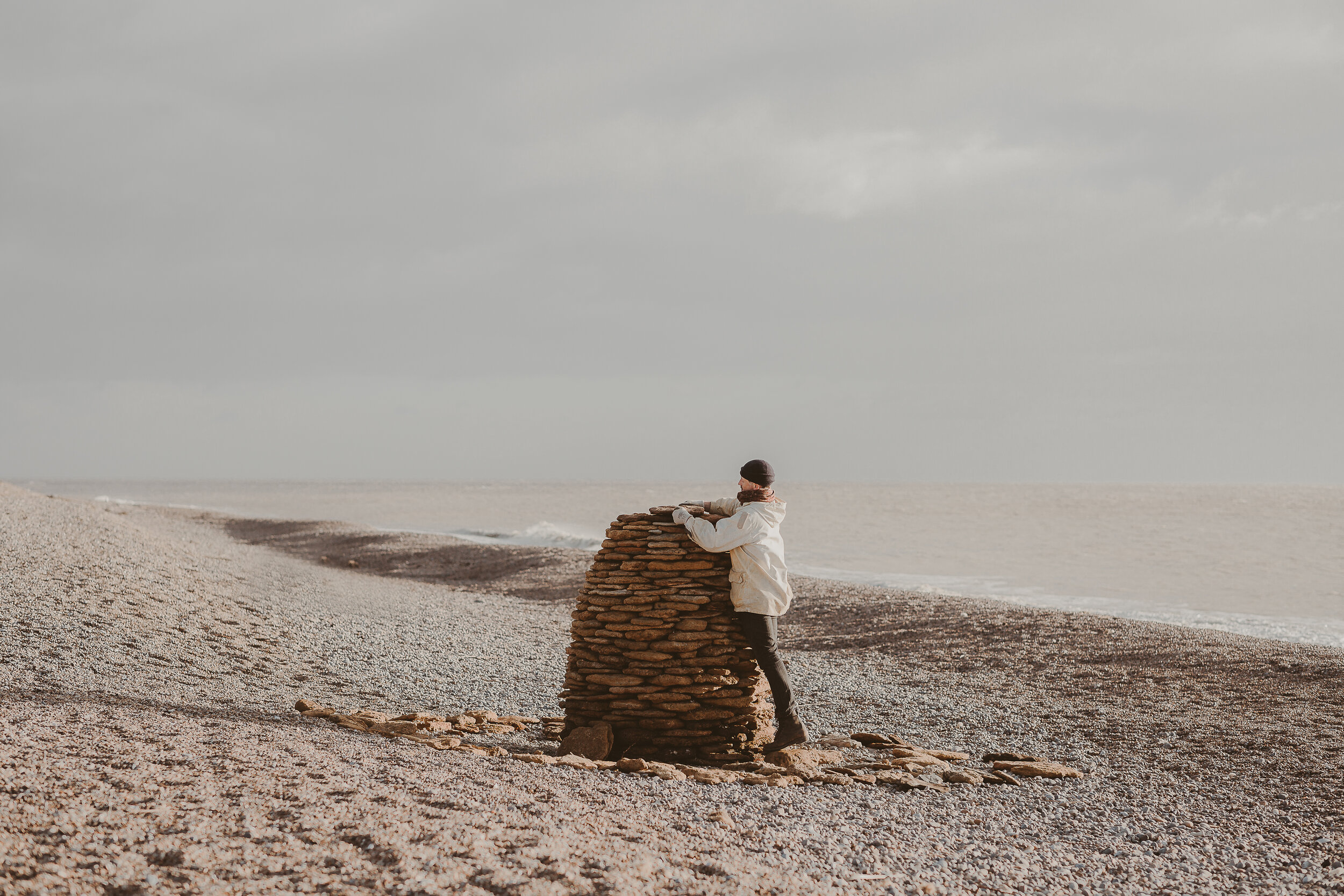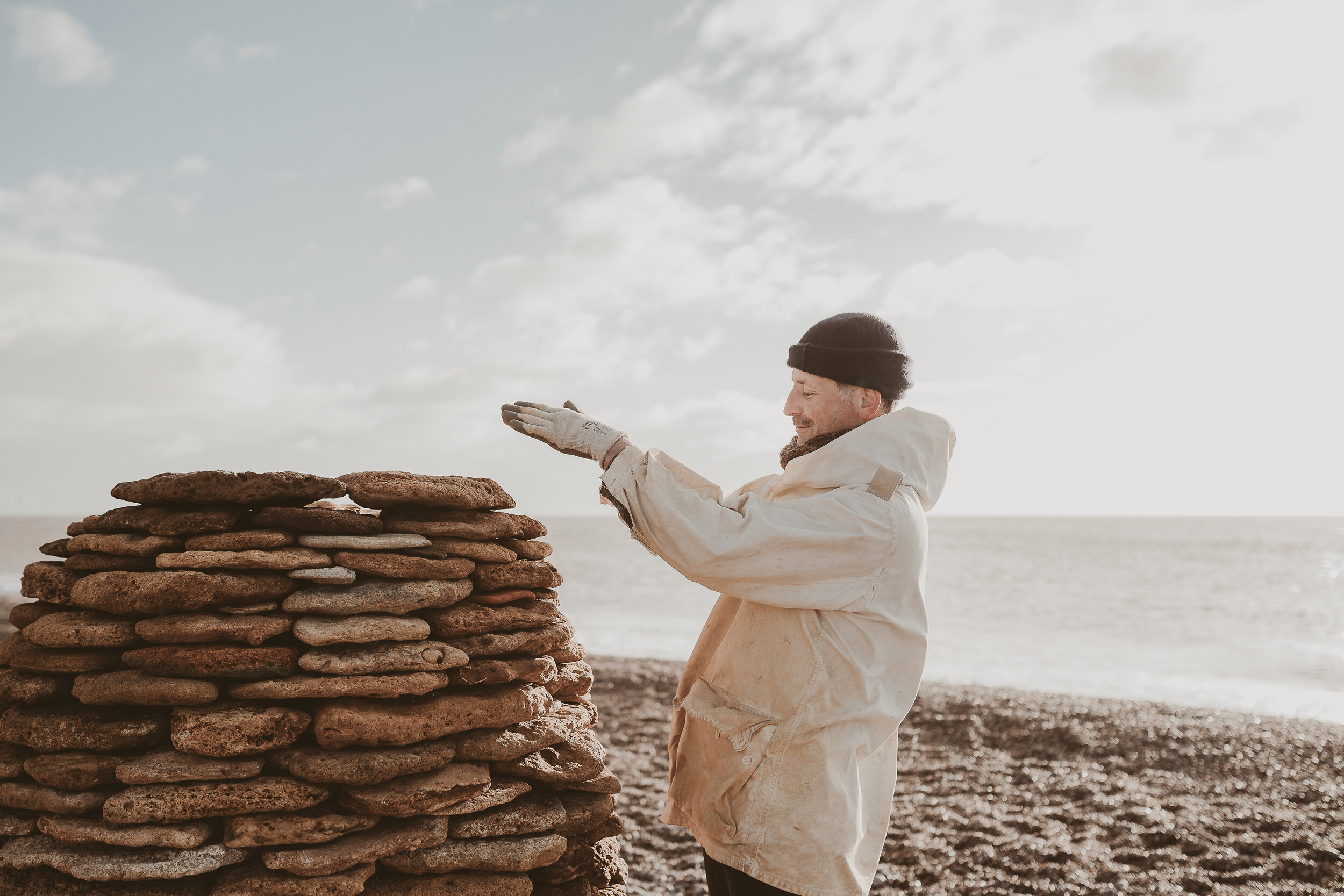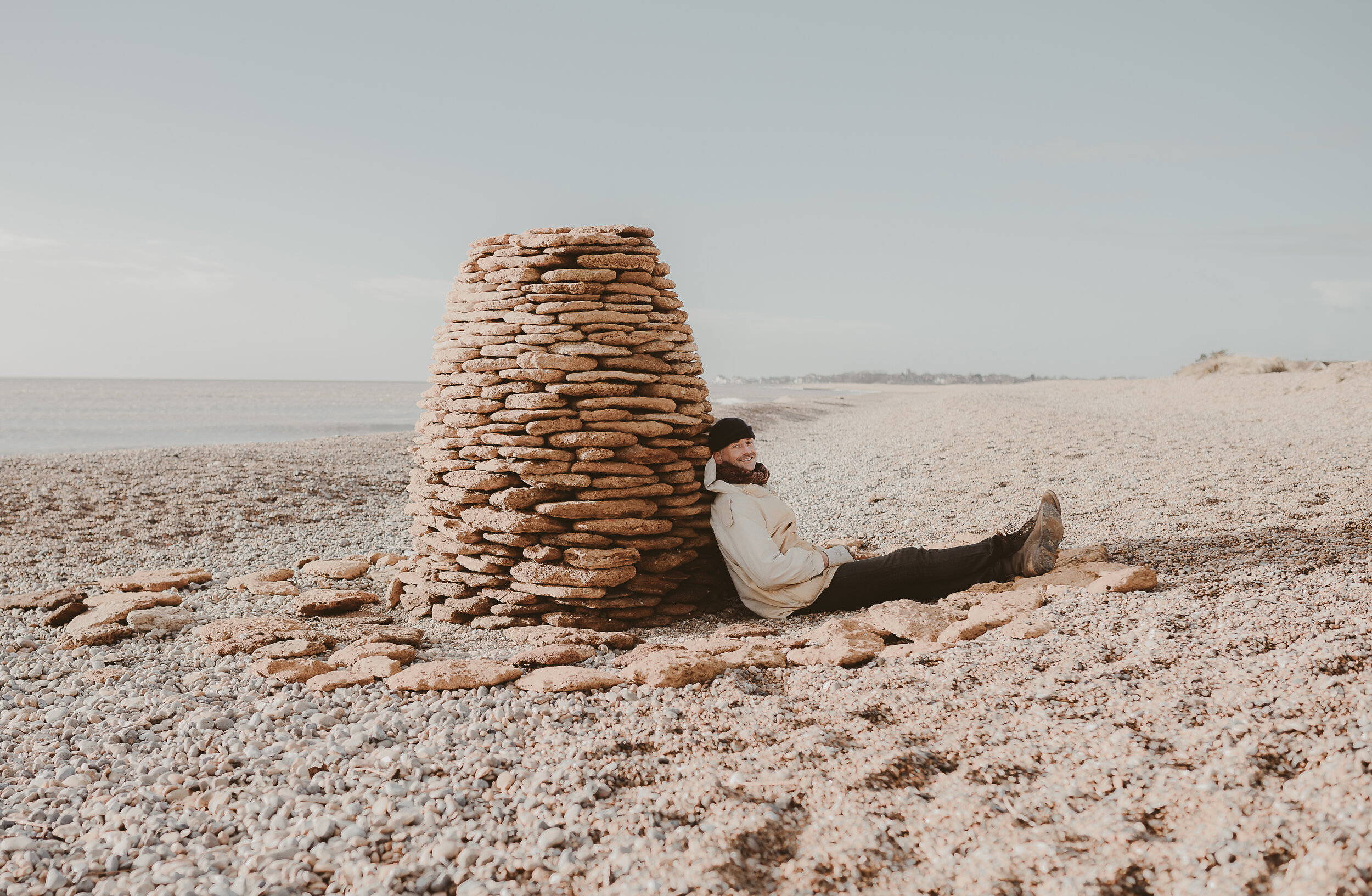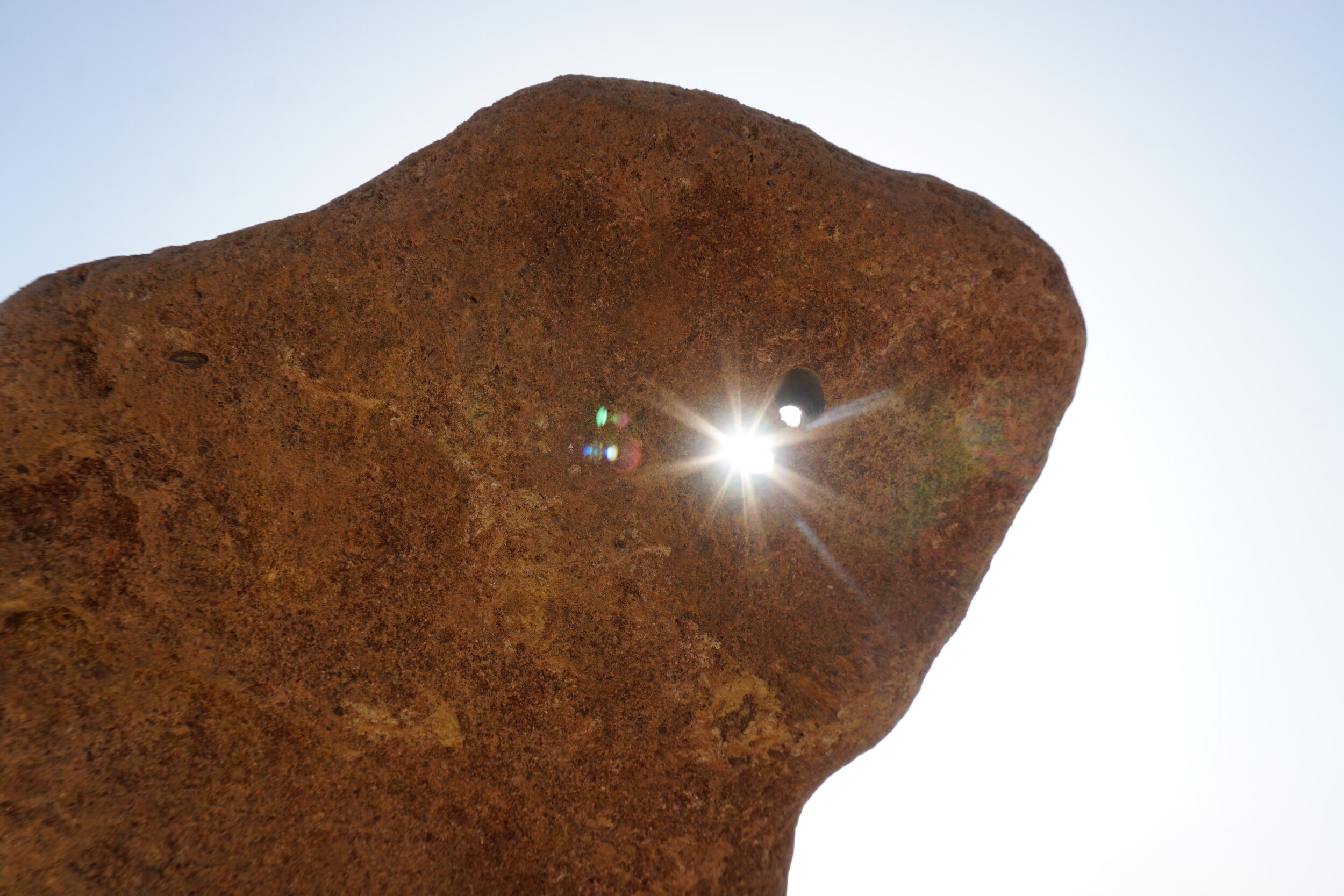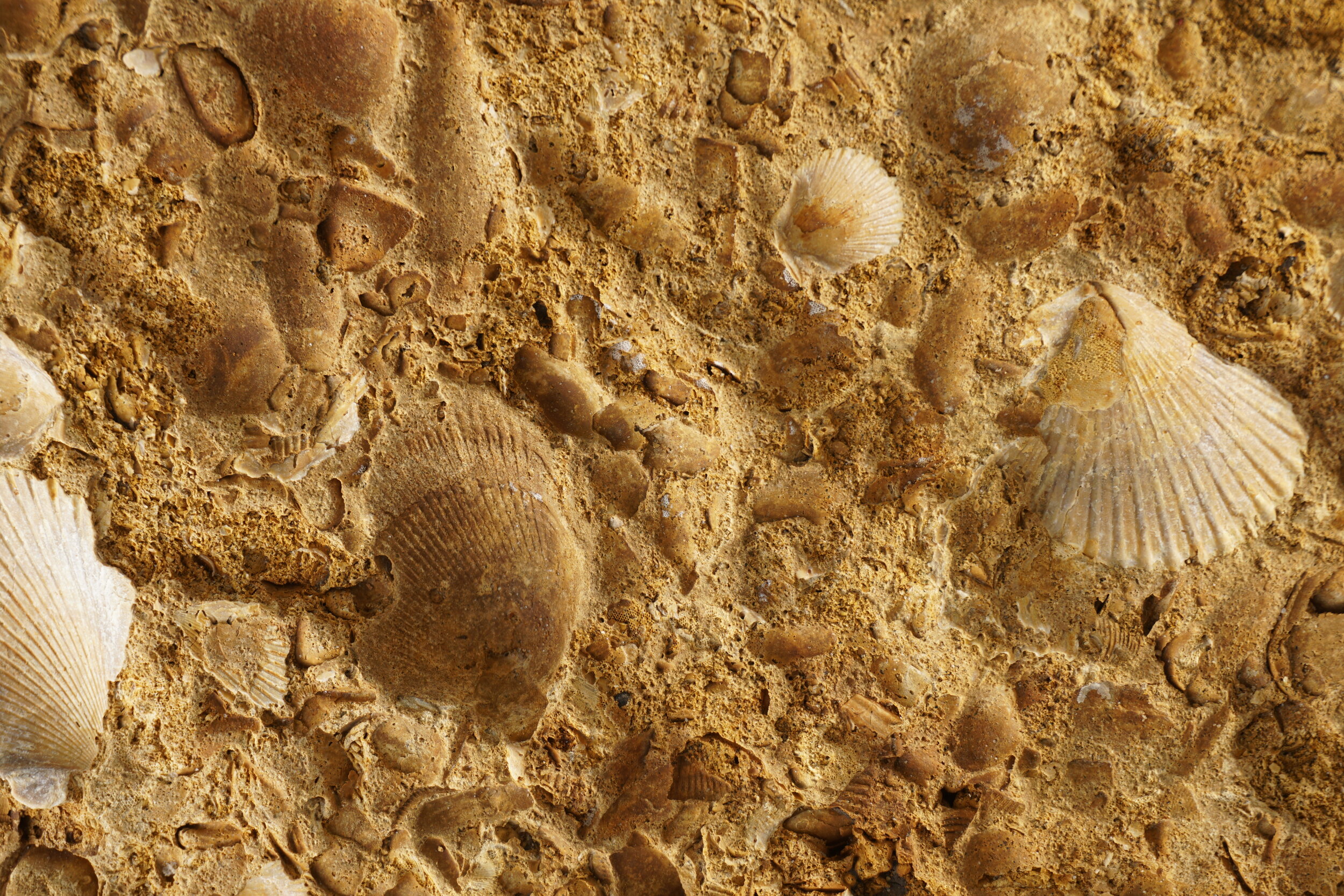Coralline Cairn
Thorpeness, UK, Feb-March, 2021. Ten days of strong easterly winds churn the sea into a brown murky mess while the beach turns white. At low tide I notice coralline crag being unearthed by the storm’s energy so I start collecting the rocks from a kilometre stretch of shingle beach. I continue daily for two weeks then start to build in the intertidal storm zone. I’m inspired by Julie Brook’s ‘Fire Stacks’, also my work in Iceland, part of which has included building cairns with groups of volunteers.
Images x first three by Anna Lipska
Stone-worker, Dan Snow, says, ‘I believe the sight of a new dry stone construction on the land is a sign of a healthy community. When loose stone is collected and arranged, conversations take place. Intercourse is initiated among people about their place on earth’. That felt true while building; I’ve had conversations with many people on the beach about geology, similar structures elsewhere in the world, walking the coastline and its precarious future—both immediately from the threat of energy projects and in the long-term from our changing climate.
Fossils from the Coralline Crag. From Chatwin (1954).
“Suffolk is the only place in the world where coralline crag exists (there is a seam stretching from Butley and coming to the surface beneath the sea at Thorpeness—which explains why so much is washed up on the beach). Crag is compacted fossilised seashells, but coralline crag is stronger because over thousands of years rainwater carrying calcium has percolated it which cements all the shells together”
Straight Edge with a Pinch of Salt—Coralline Cairn re-imagined…
We share a provocation in Chapter 2: ‘Stone’ of our Wayfinding book. The excerpt reads:
'With intentionality, cairns carry our more personal processes, too. As we walk together through these pages, ponder the provocation: what cairns are you building in your life? What are the component parts, the solid, reliable rocks, and which are the shaky elements undermining the whole? Can you shore them up, or is it time to tear down the whole stack and start again?'
At the end of 2022, I found my personal process matching the increasingly tied looking cairn; who was more in need of repairs? Walking down to the beach, I had meant to build the existing one higher but the shape looked wrong so I soon found myself dismantling the whole thing over the course of a couple of days. I had to dig hard to get all of the pieces out of the shingle as the sea had buried a good foot or two of it; revealing the foundation felt satisfying, a blank canvas of sorts, a hole to grieve in—the sea washes everything away, all water eventually ends in the ocean.
Having dismantled it, and let the pieces sit in the shingle for a few days, I couldn’t resist a rebuild. I’d been listening to Uncanny—a bbc podcast detailing uncanny happenings in everyday life; in one episode a class of young African students witness a UFO, diamond shaped. The personal of the craft relay an urgent message: humans must change their ways, they are destroying the earth.
So I gave the rebuilt cairn a diamond shape, and it pointed to the four compass points.
MAY 12th 2023
The Coralline Cairn was returned to the North Sea, amidst a wonderful storm on Thorpeness beach! Together with local resident, Fiona MacKenzie, who had asked me to take it down, I gave a talk to around 100 people, then a few brave souls withstood a soaking to dismantle the cairn piece by piece—the process in support of and as an exploration of how it is to live with Parkinson’s.
